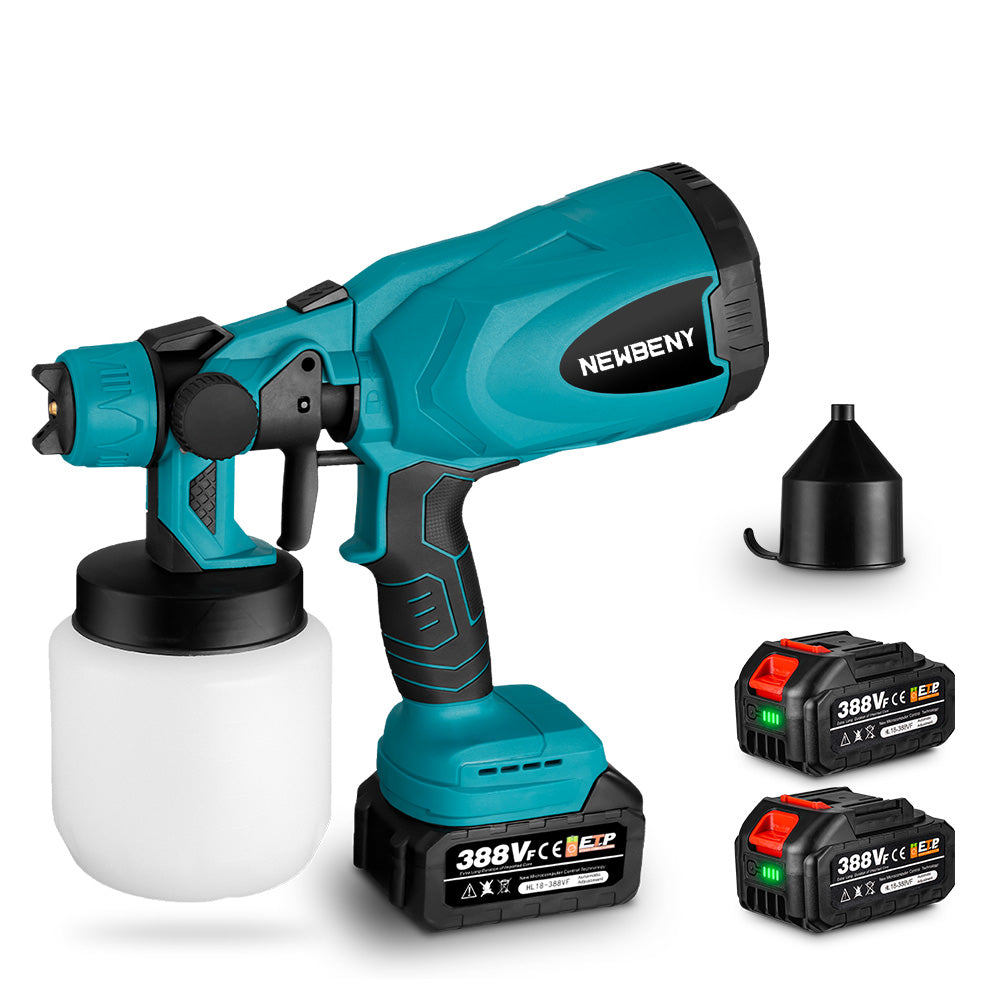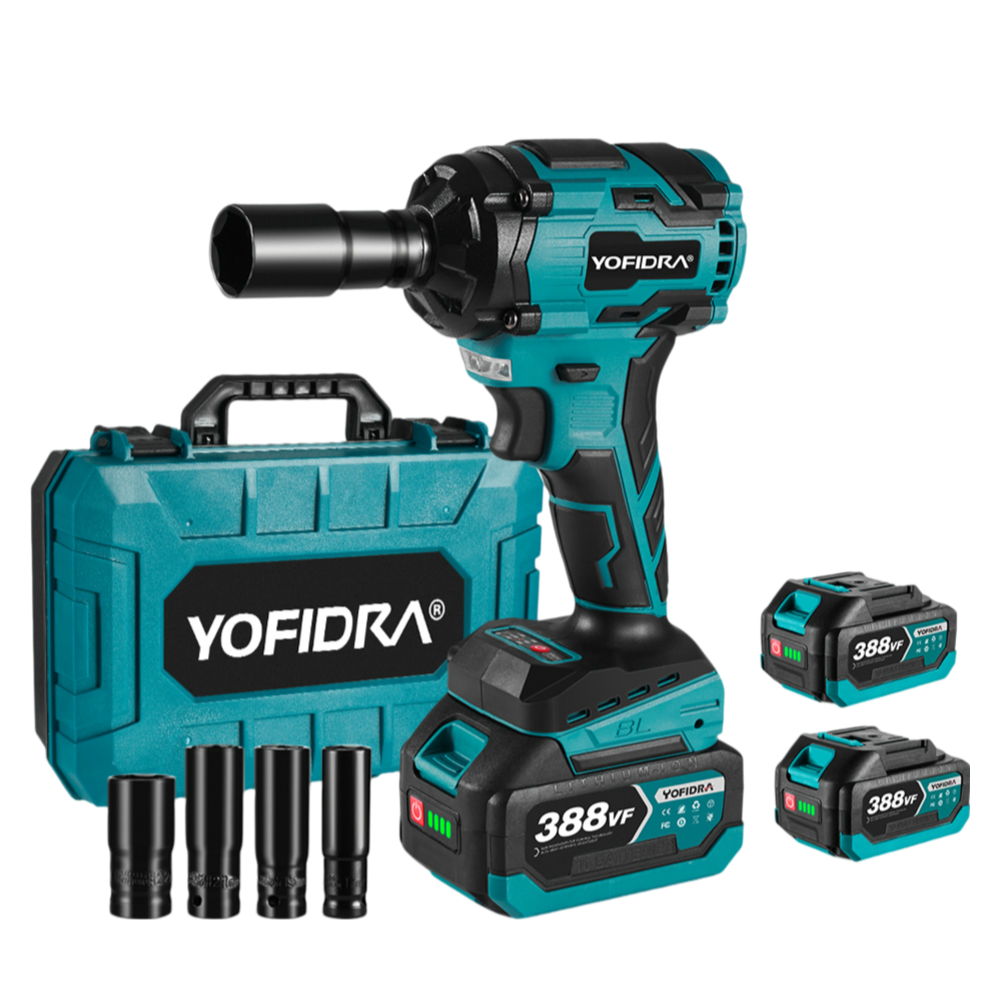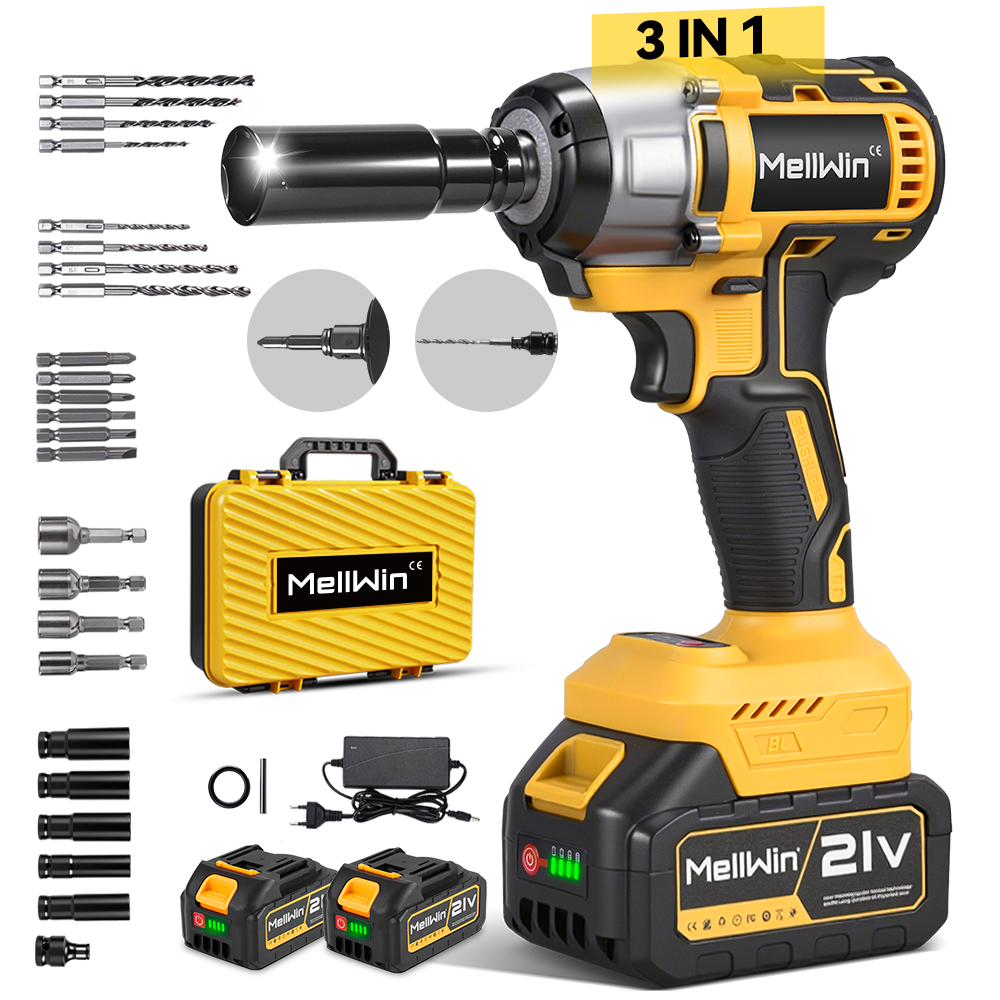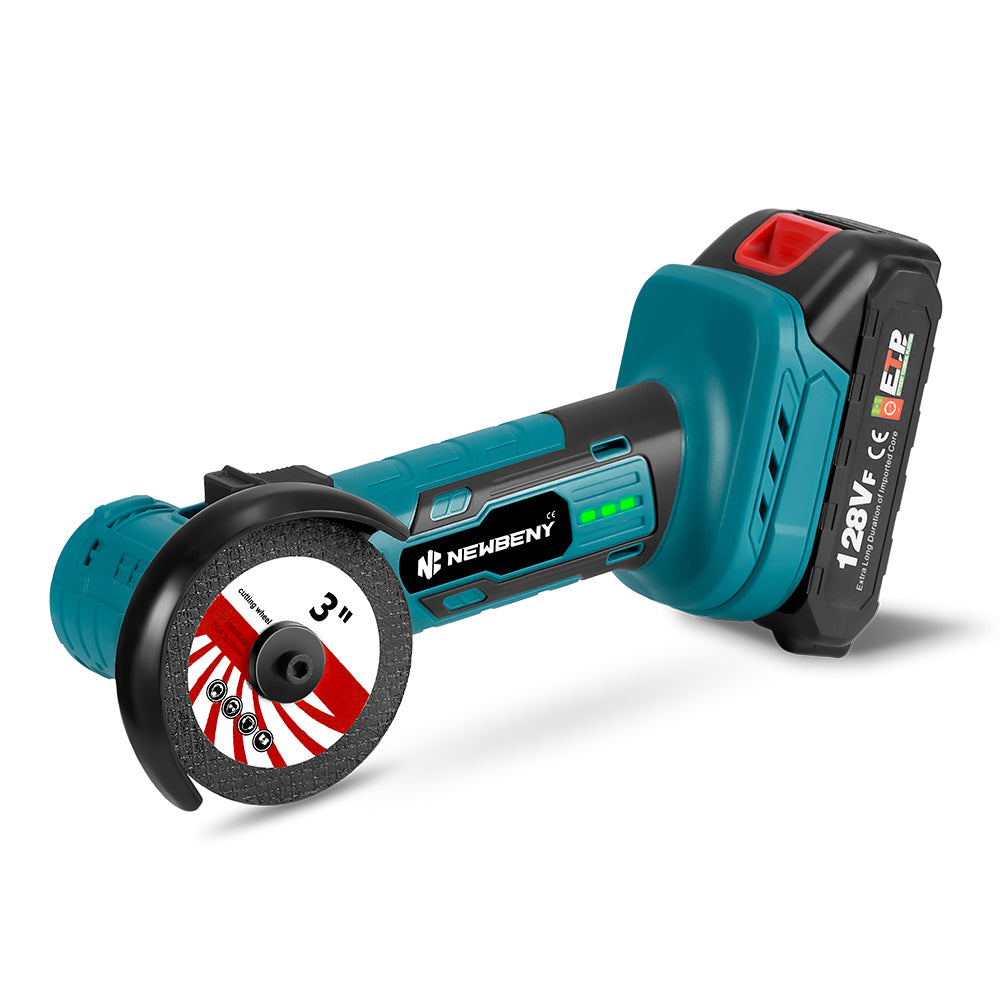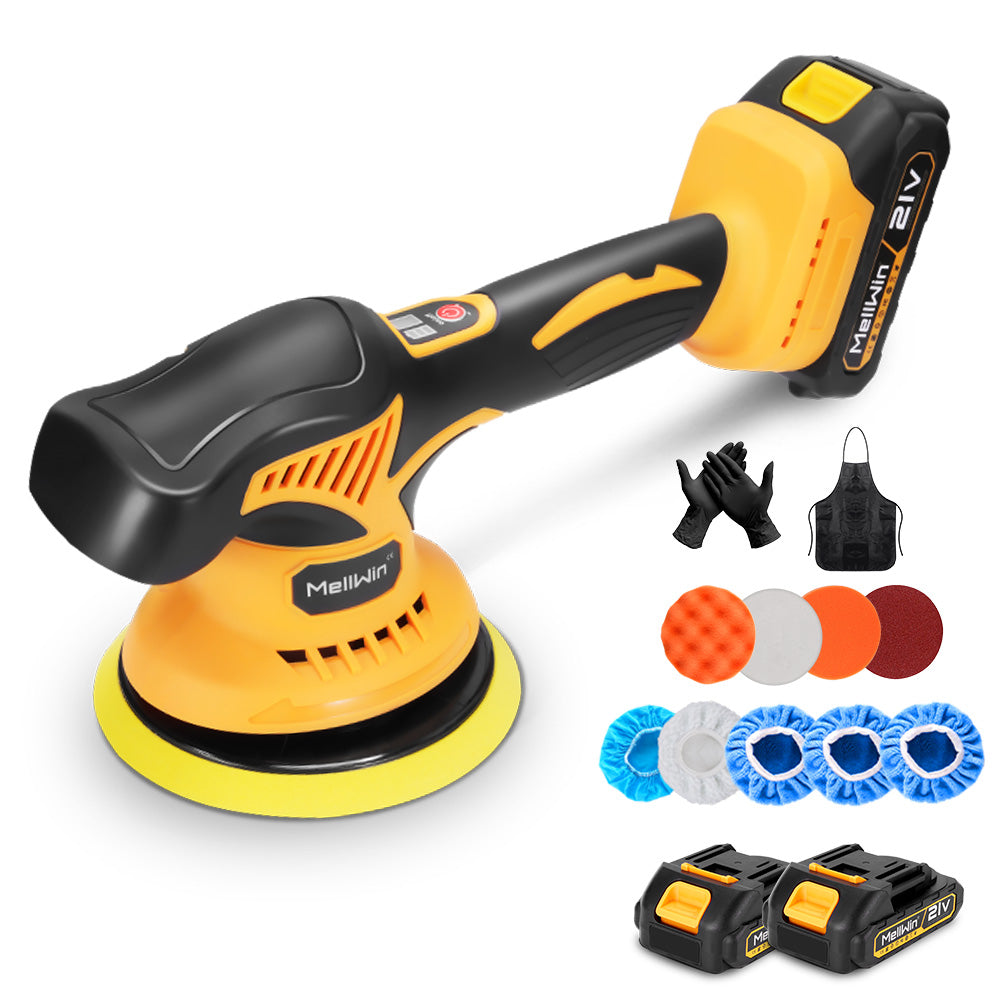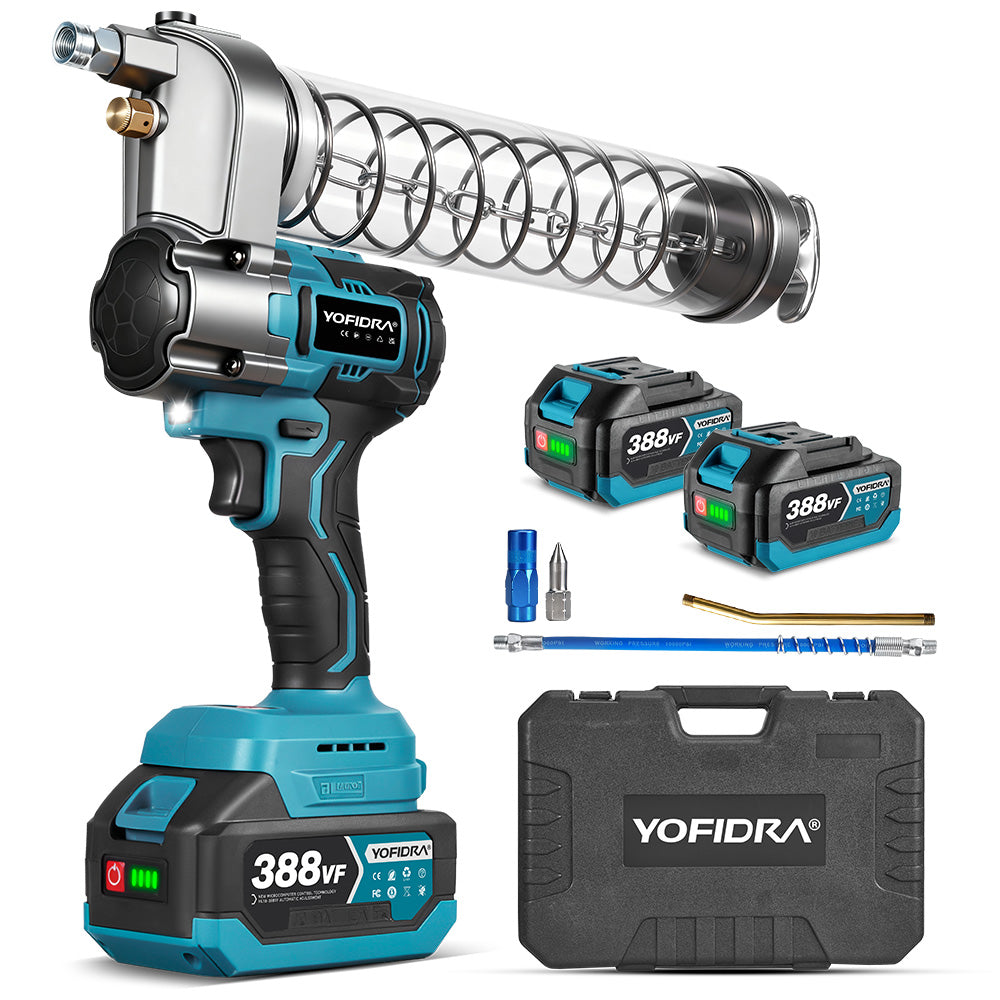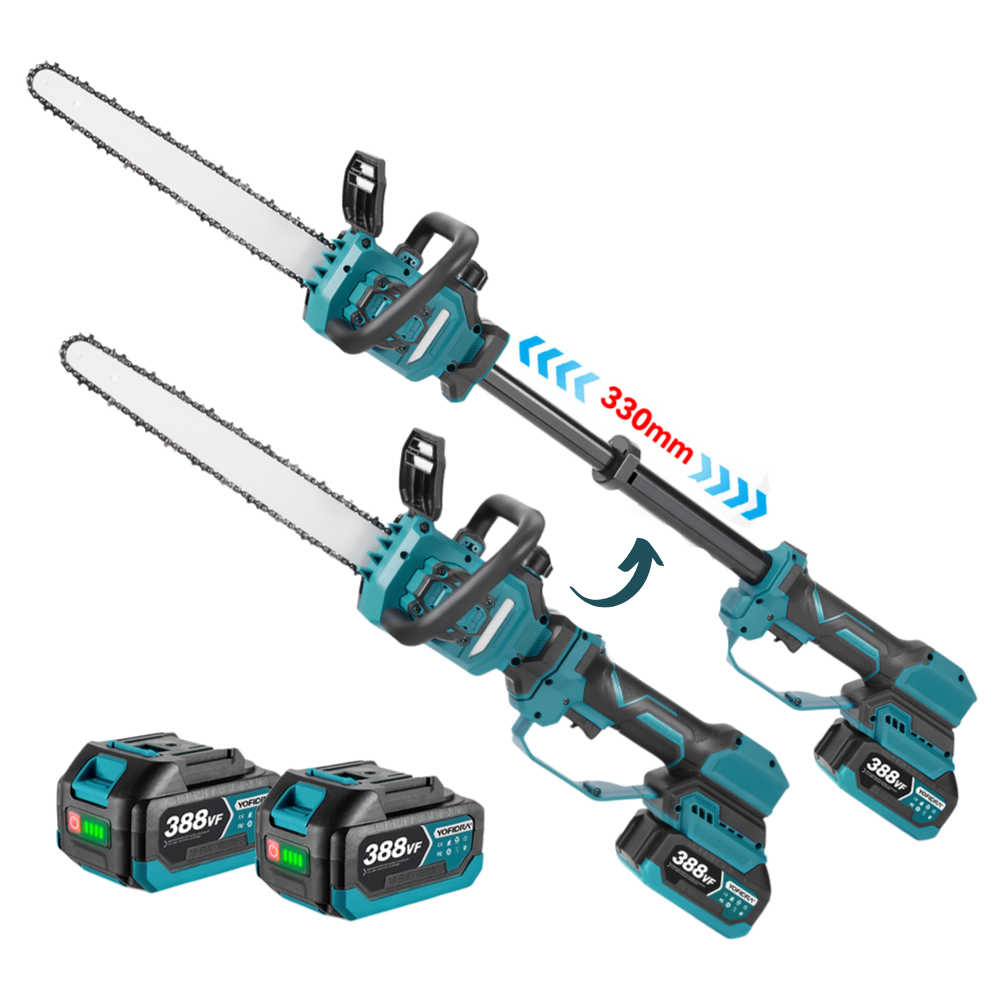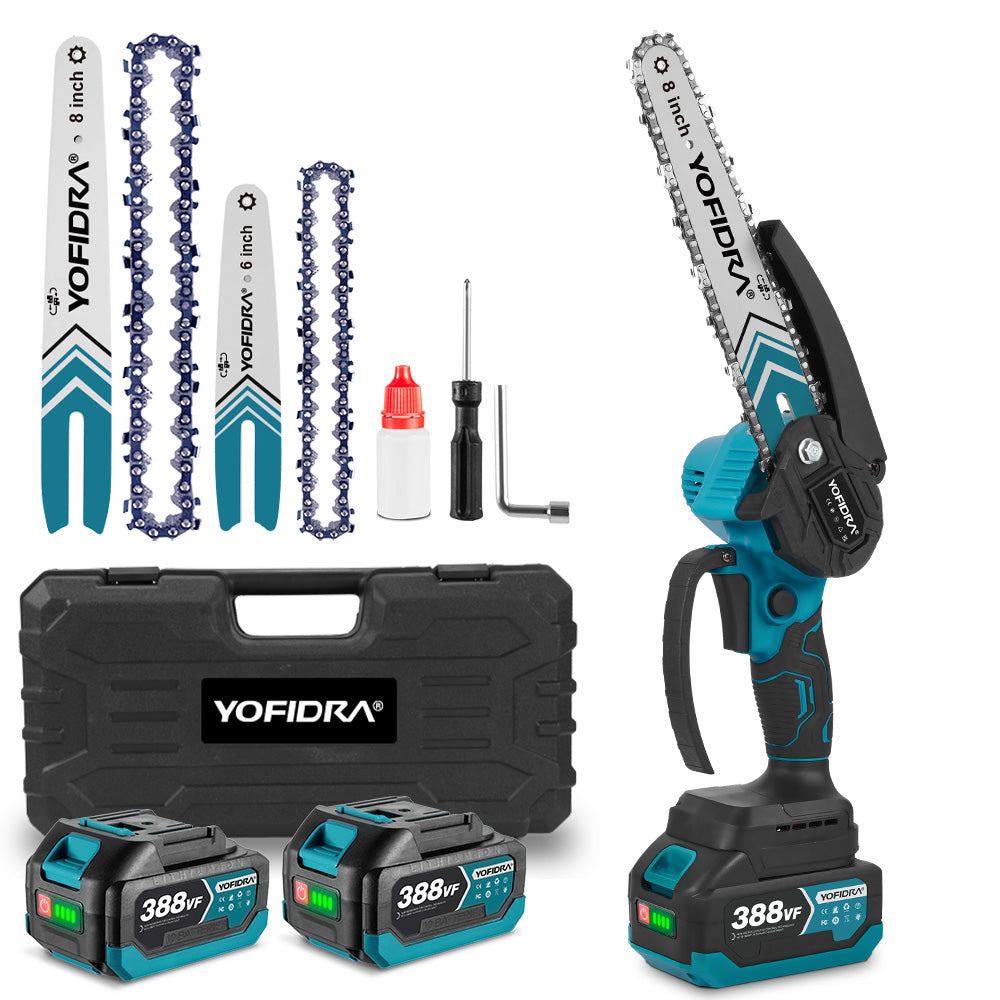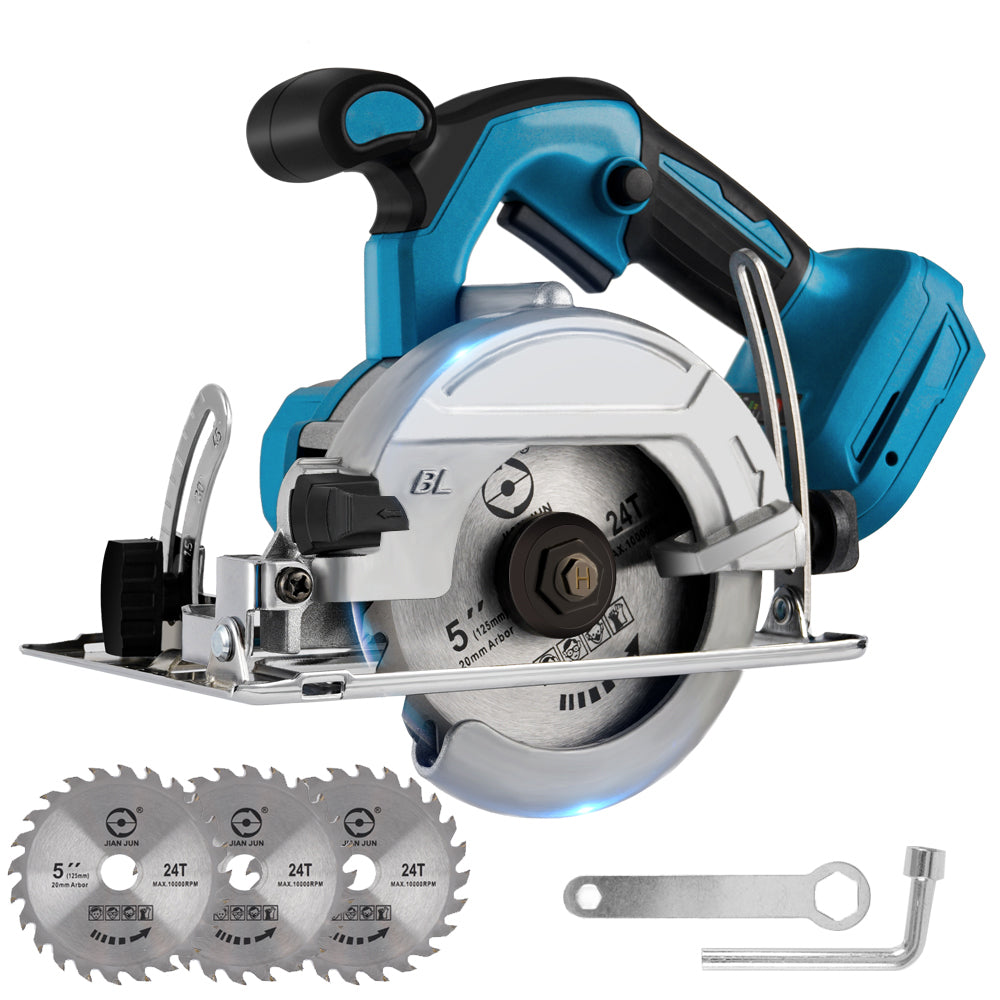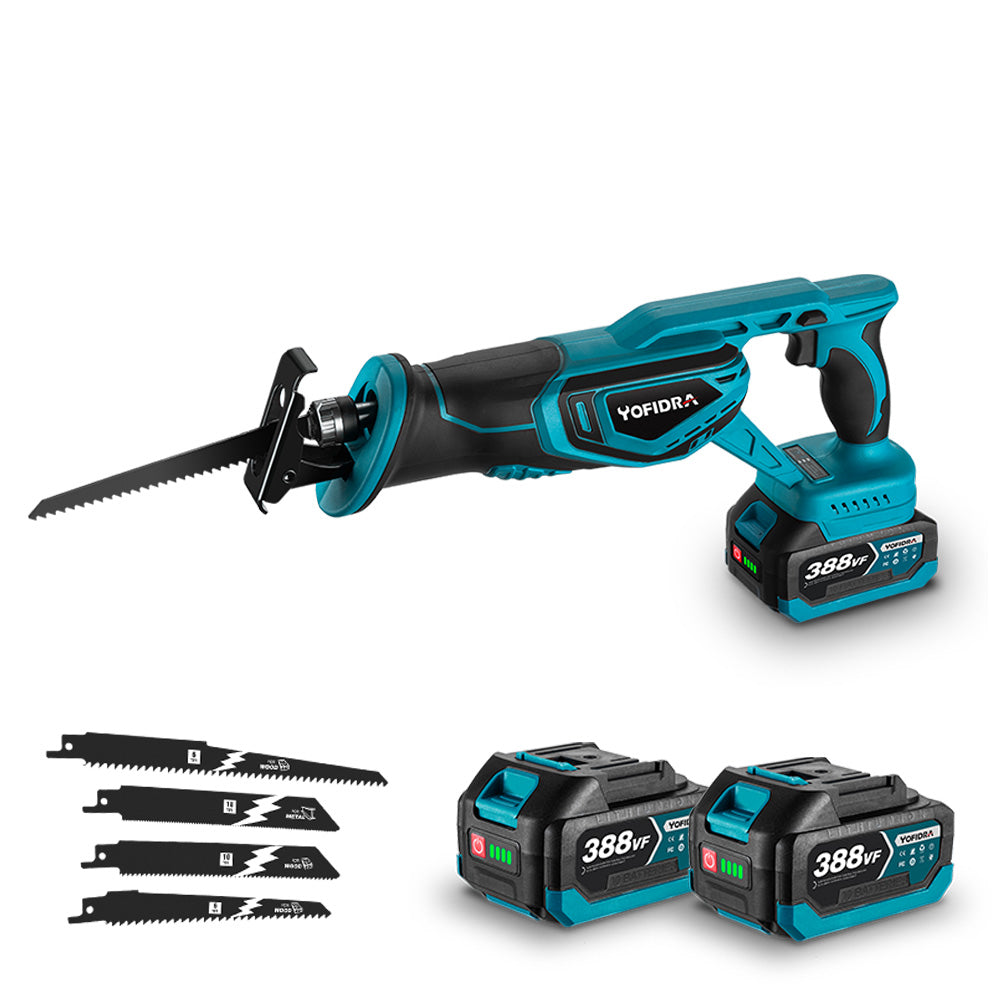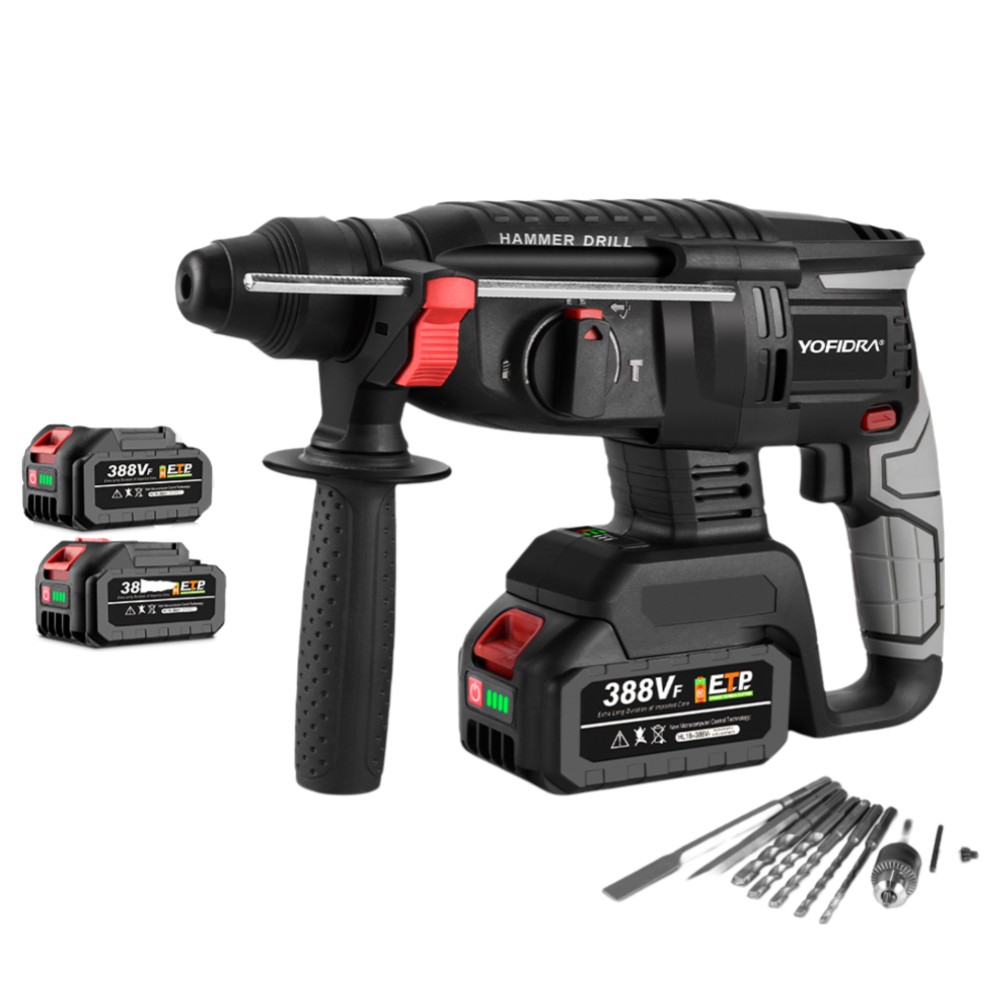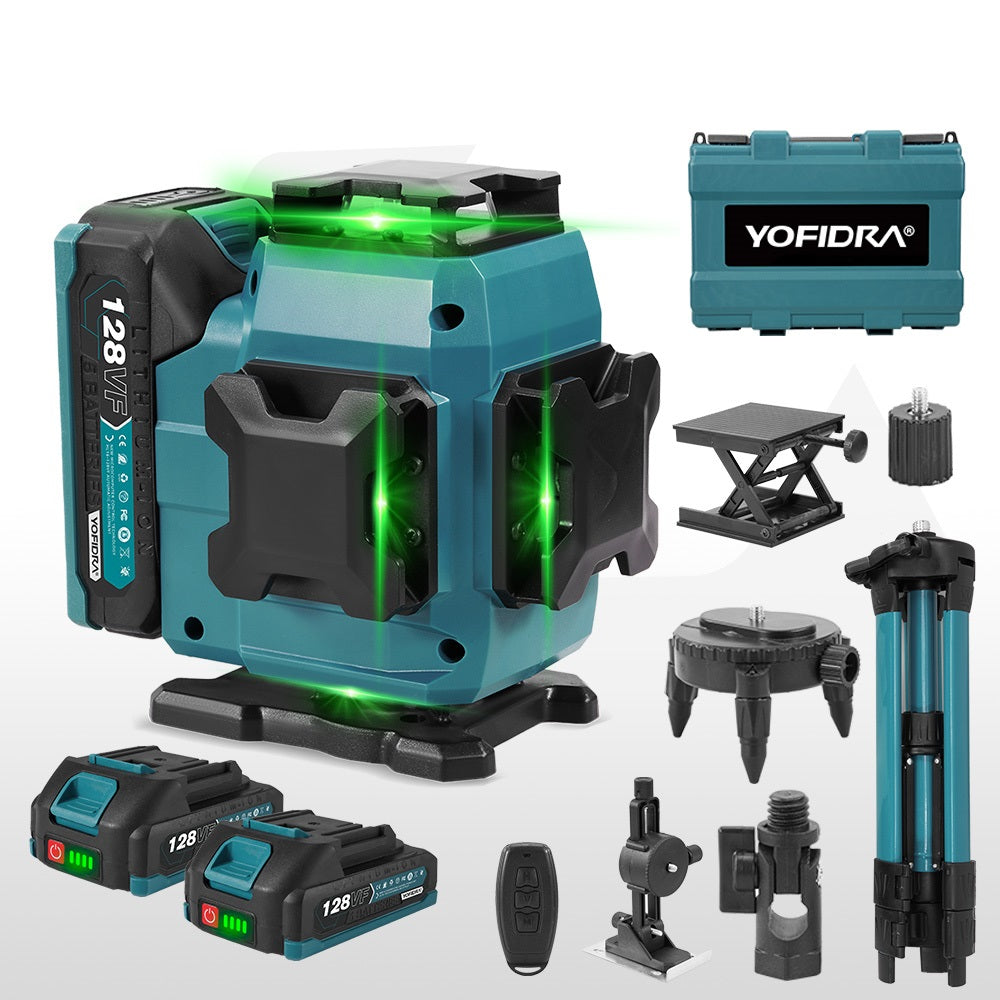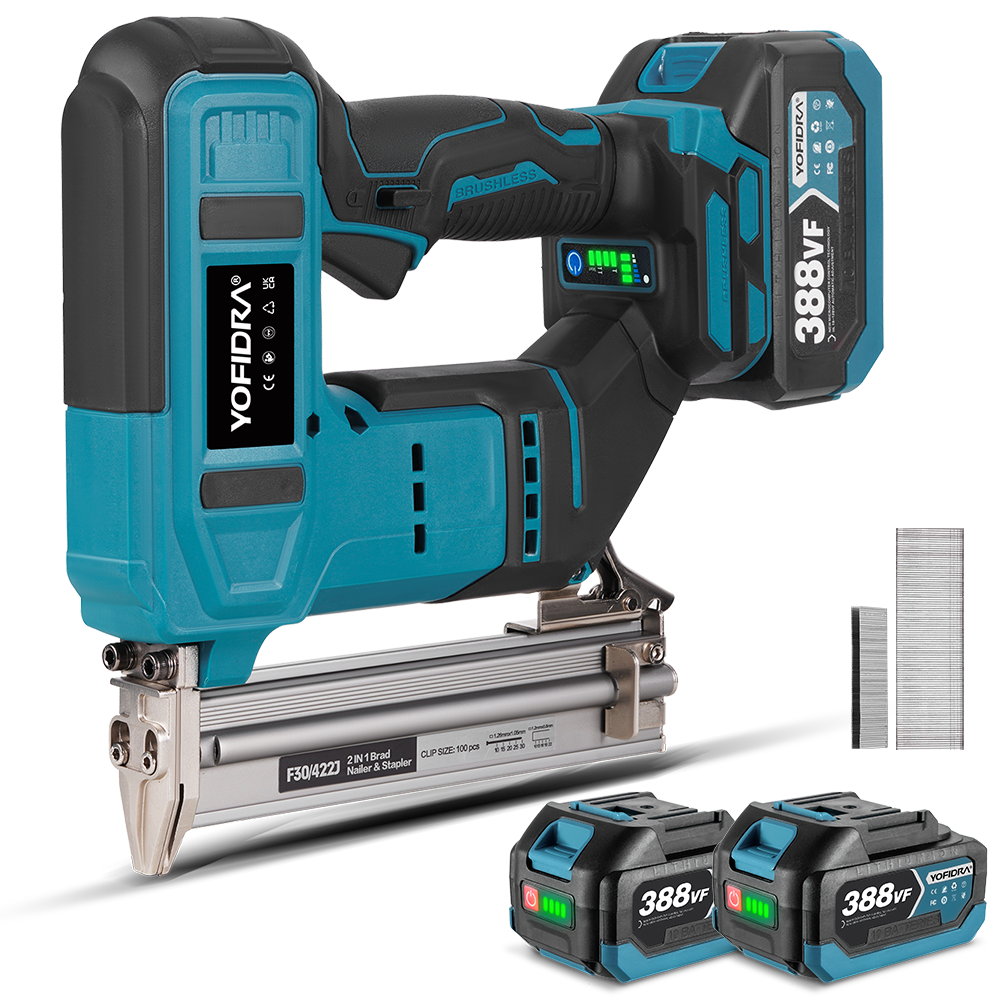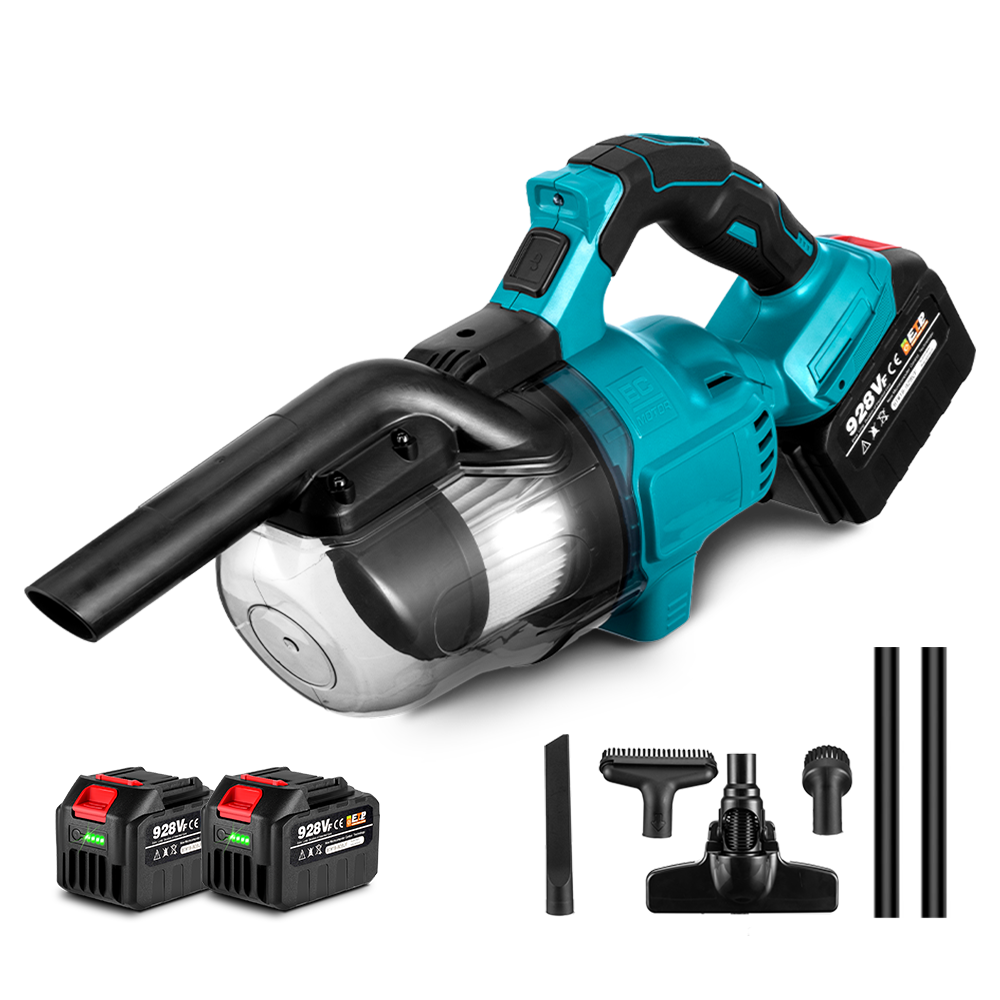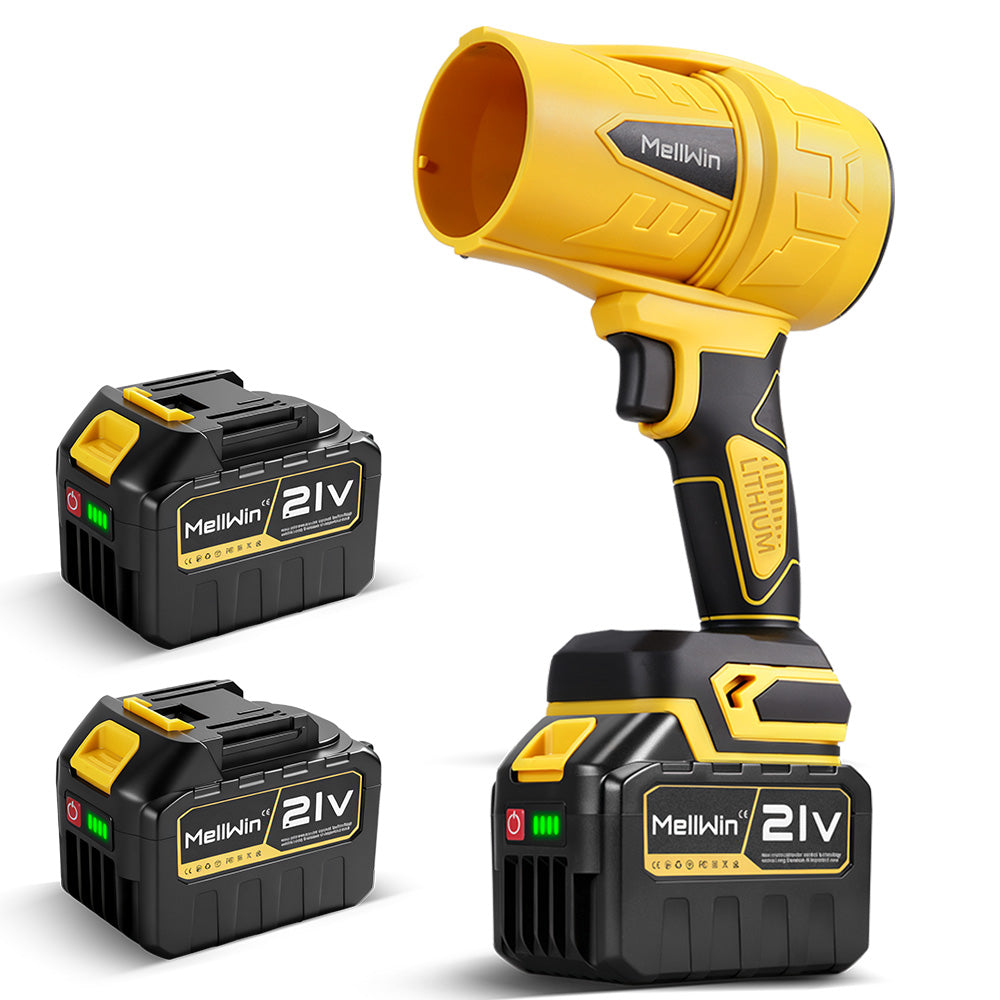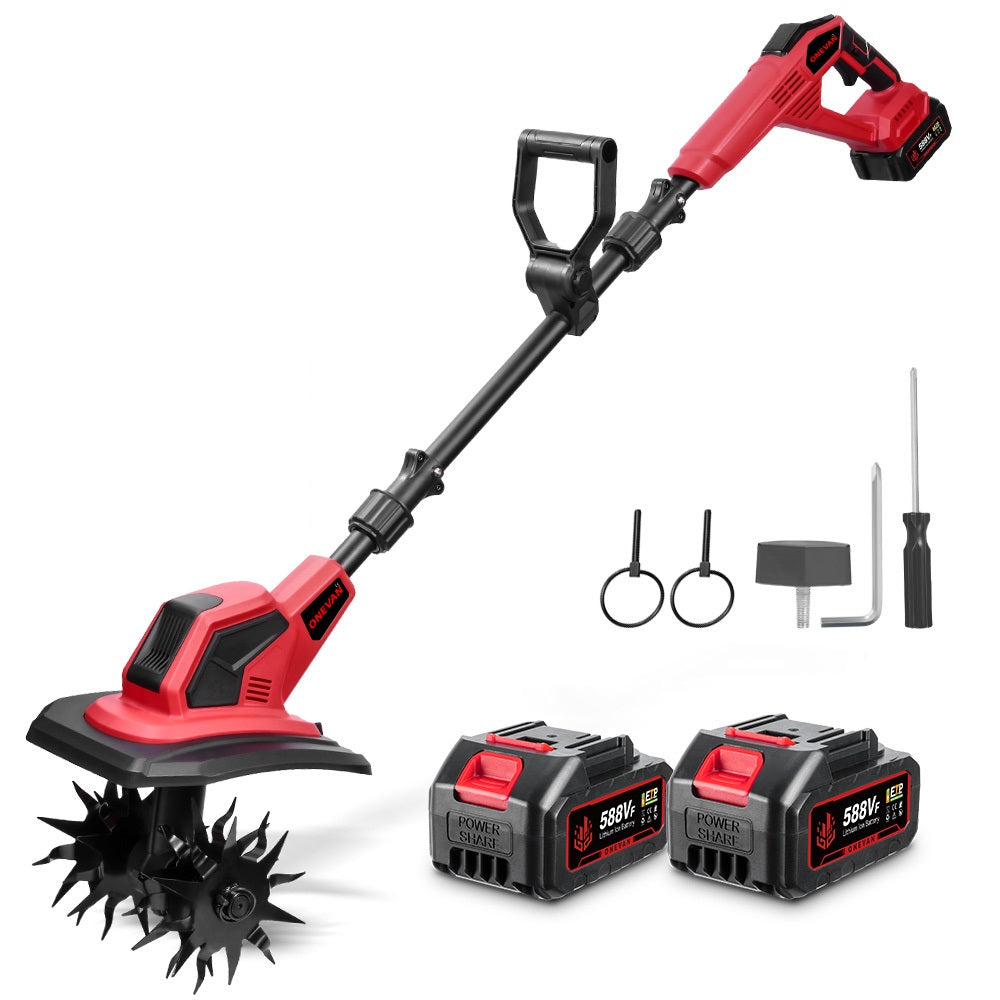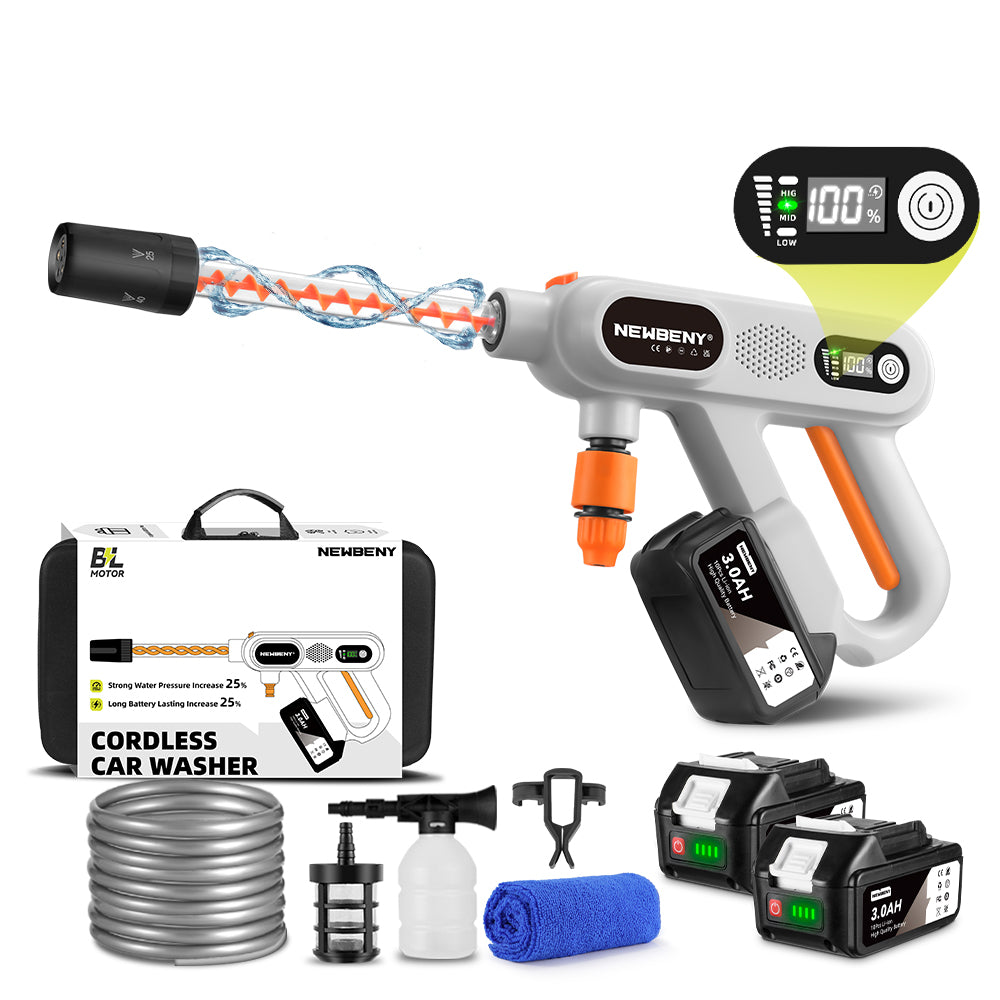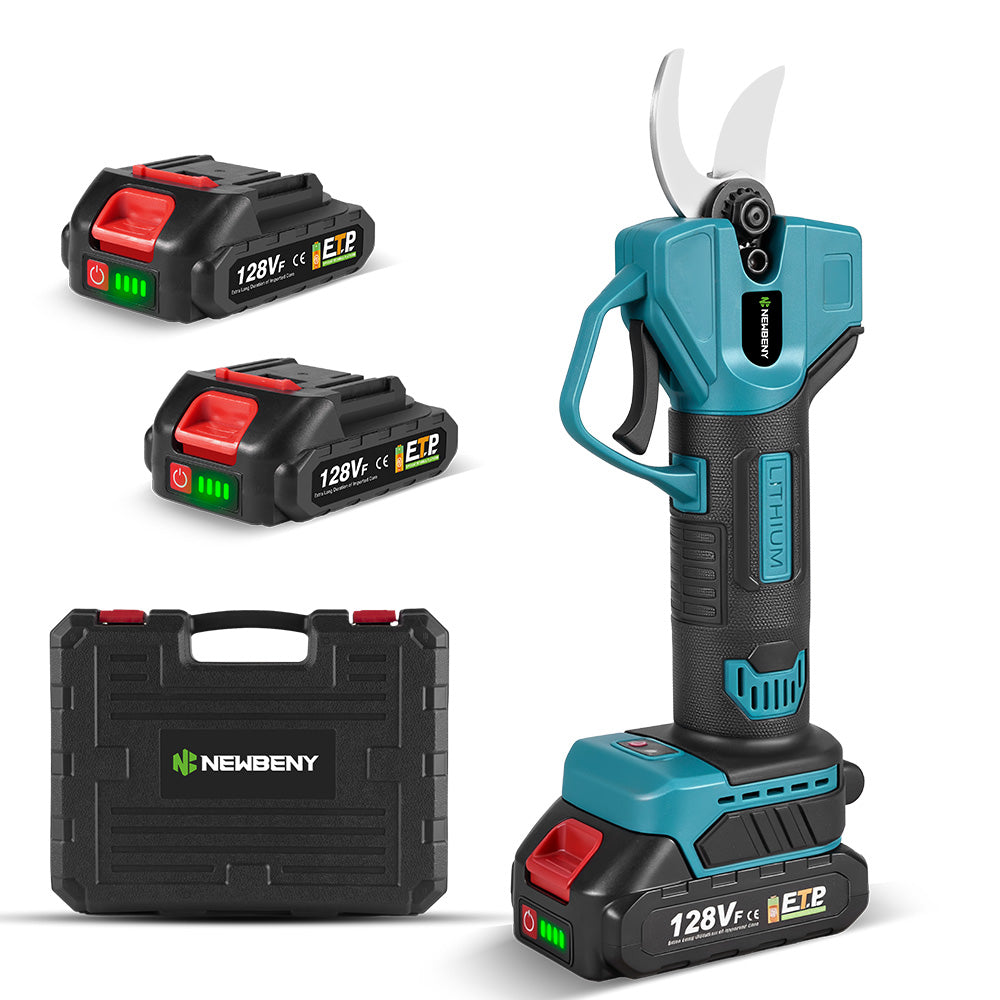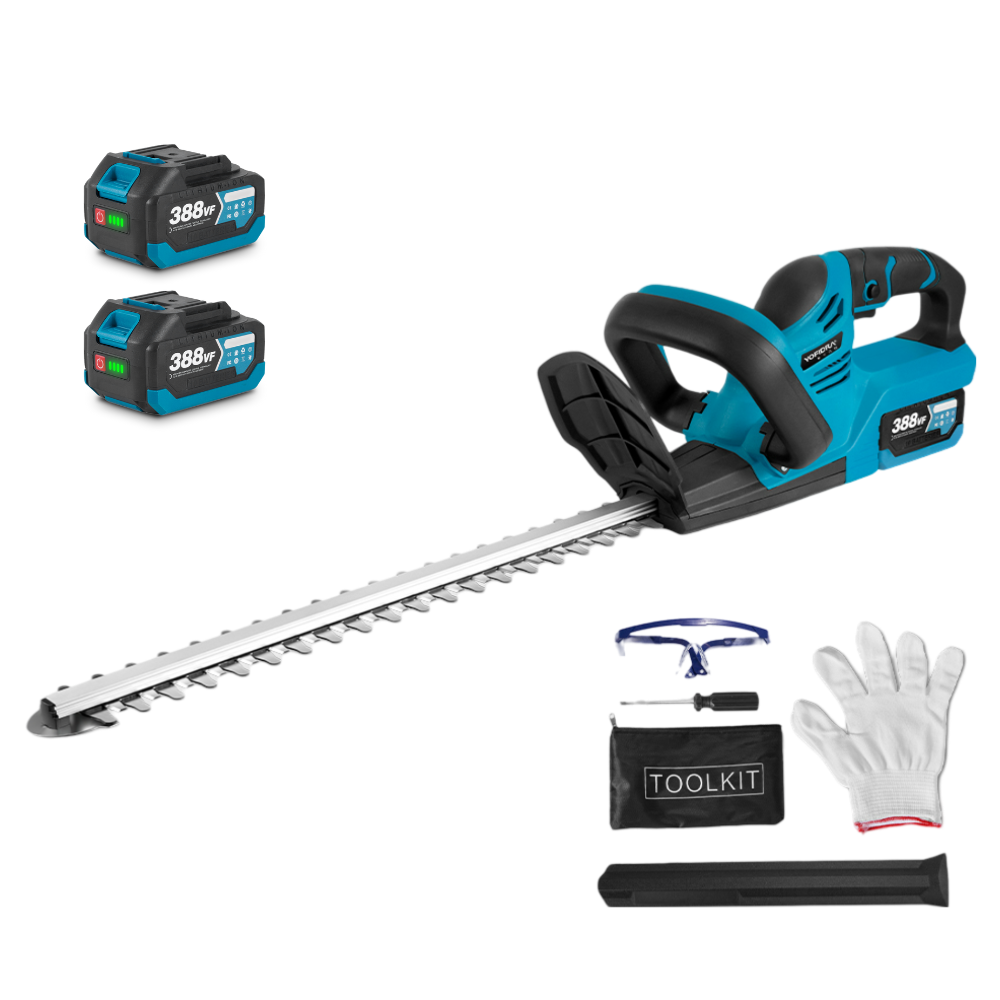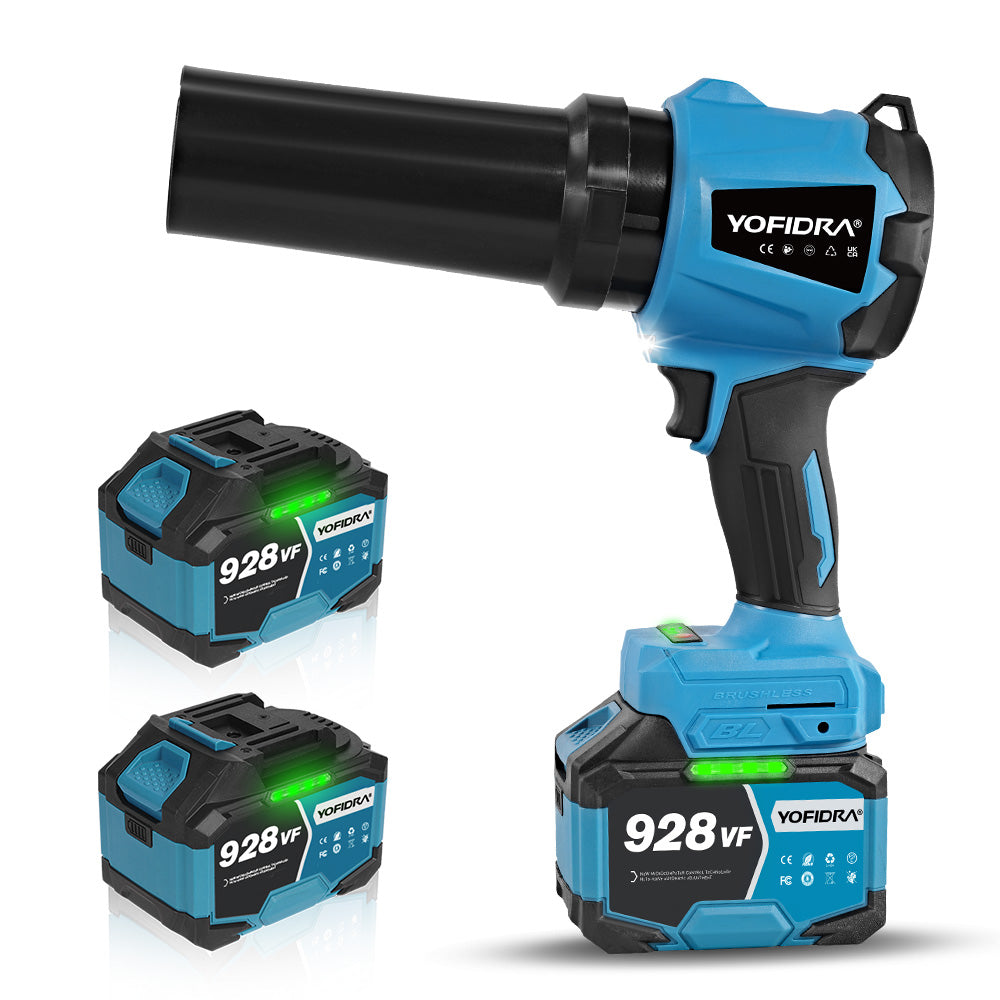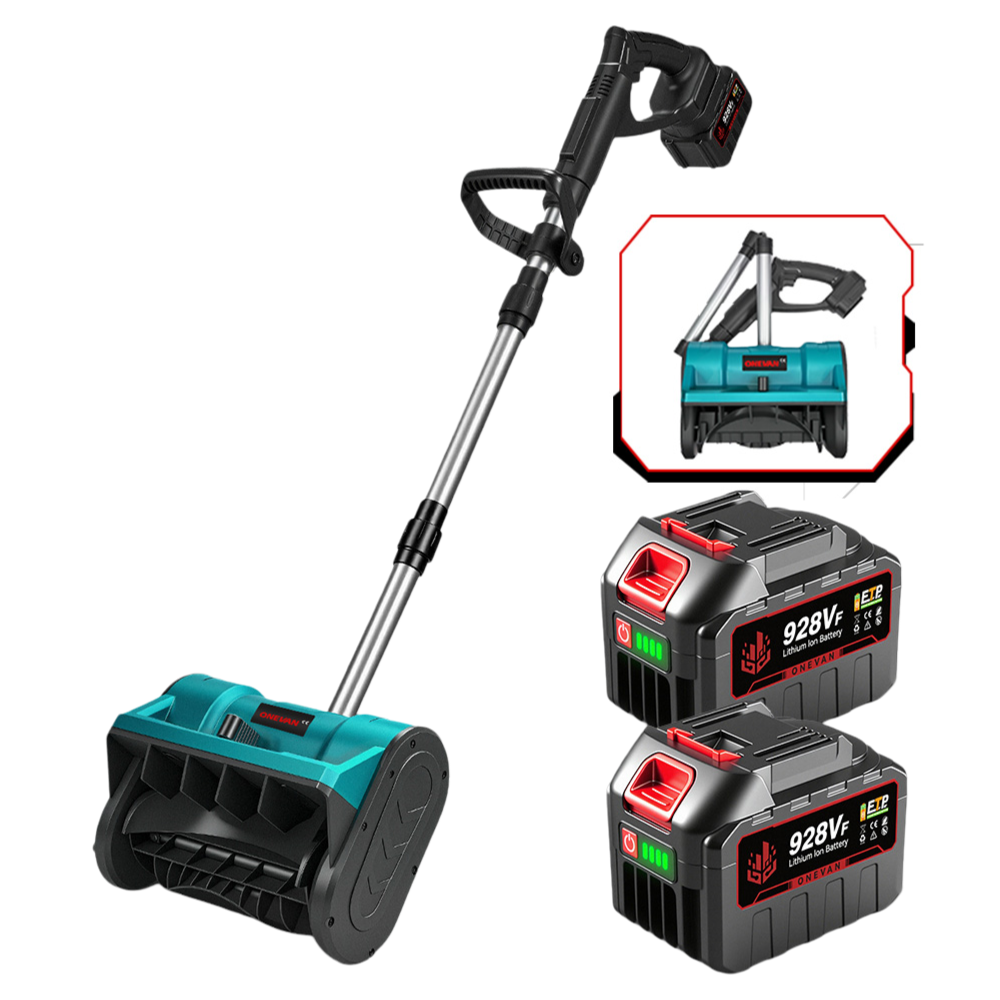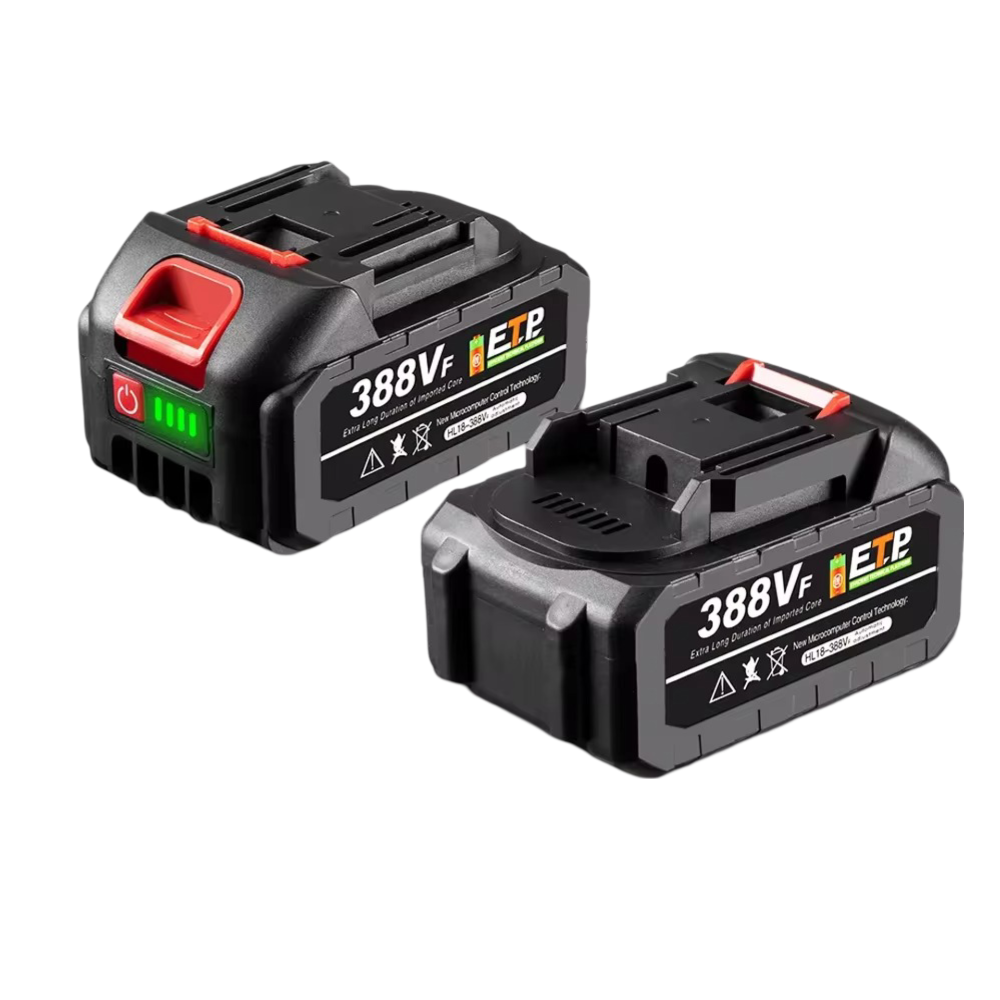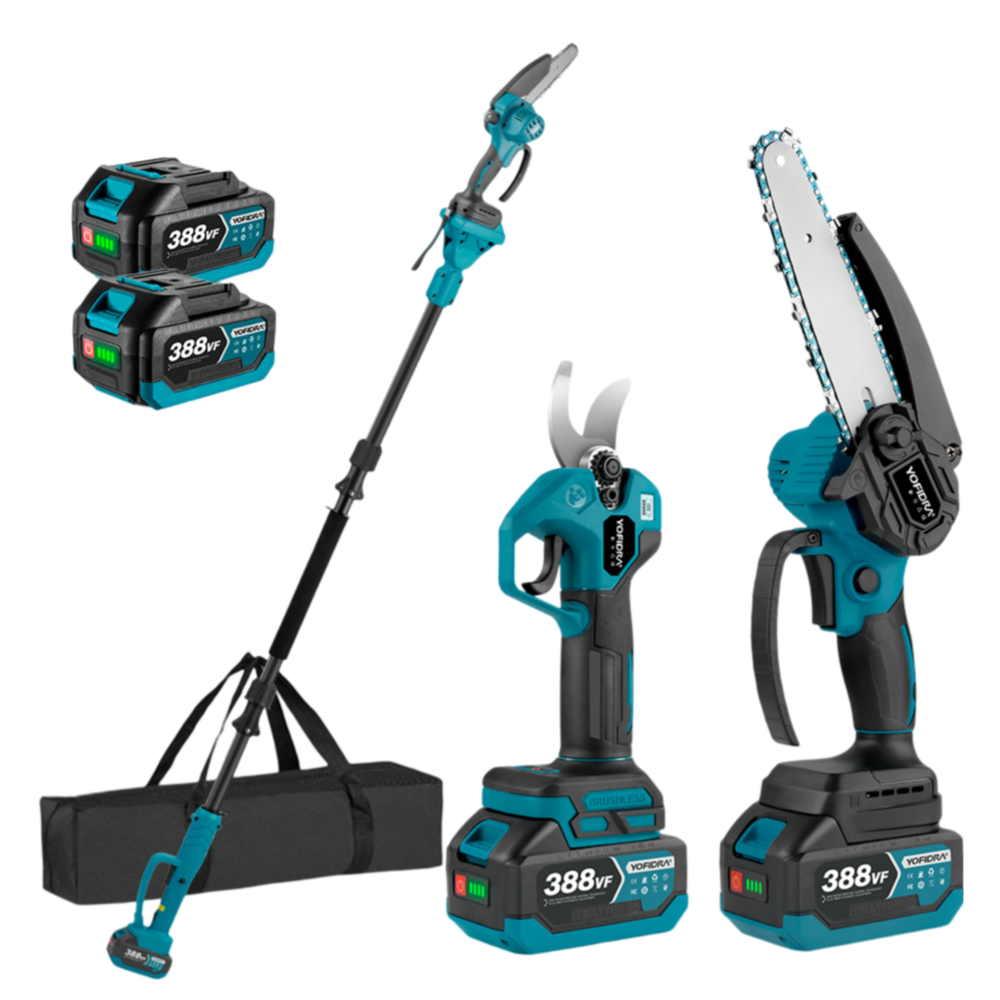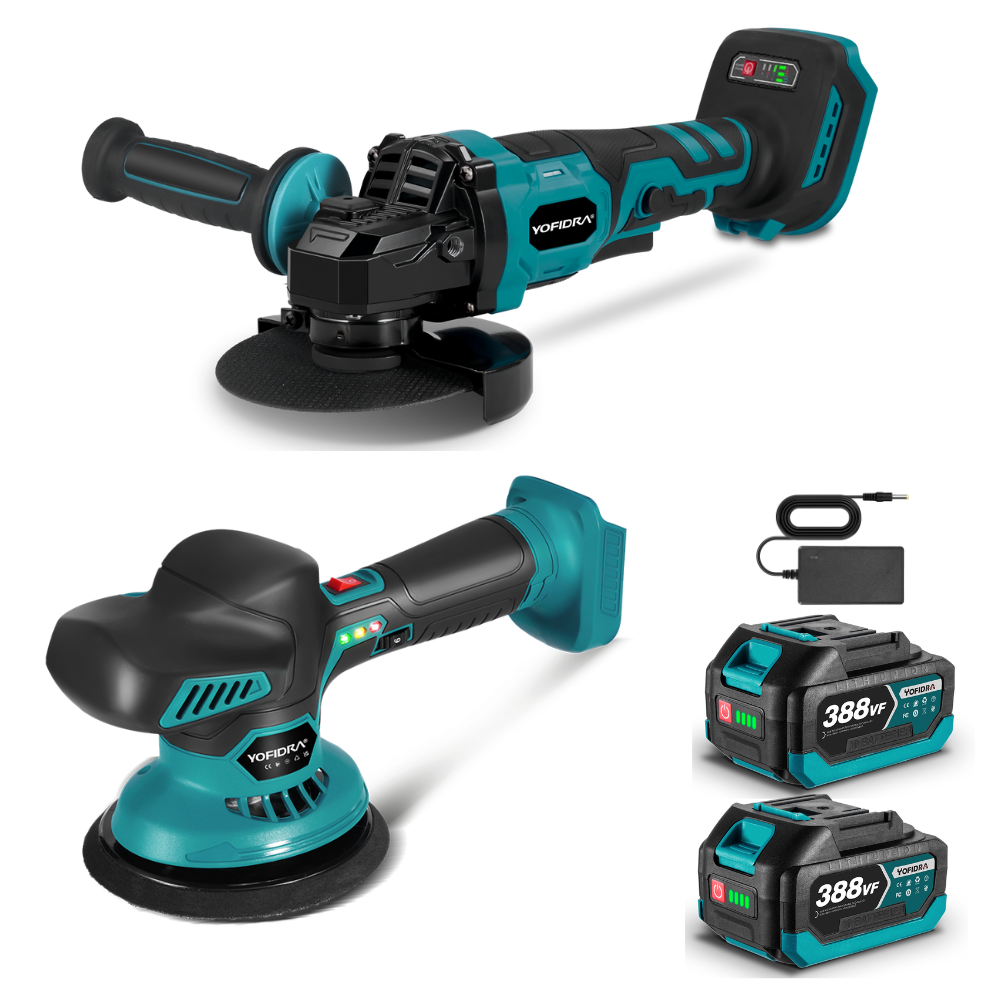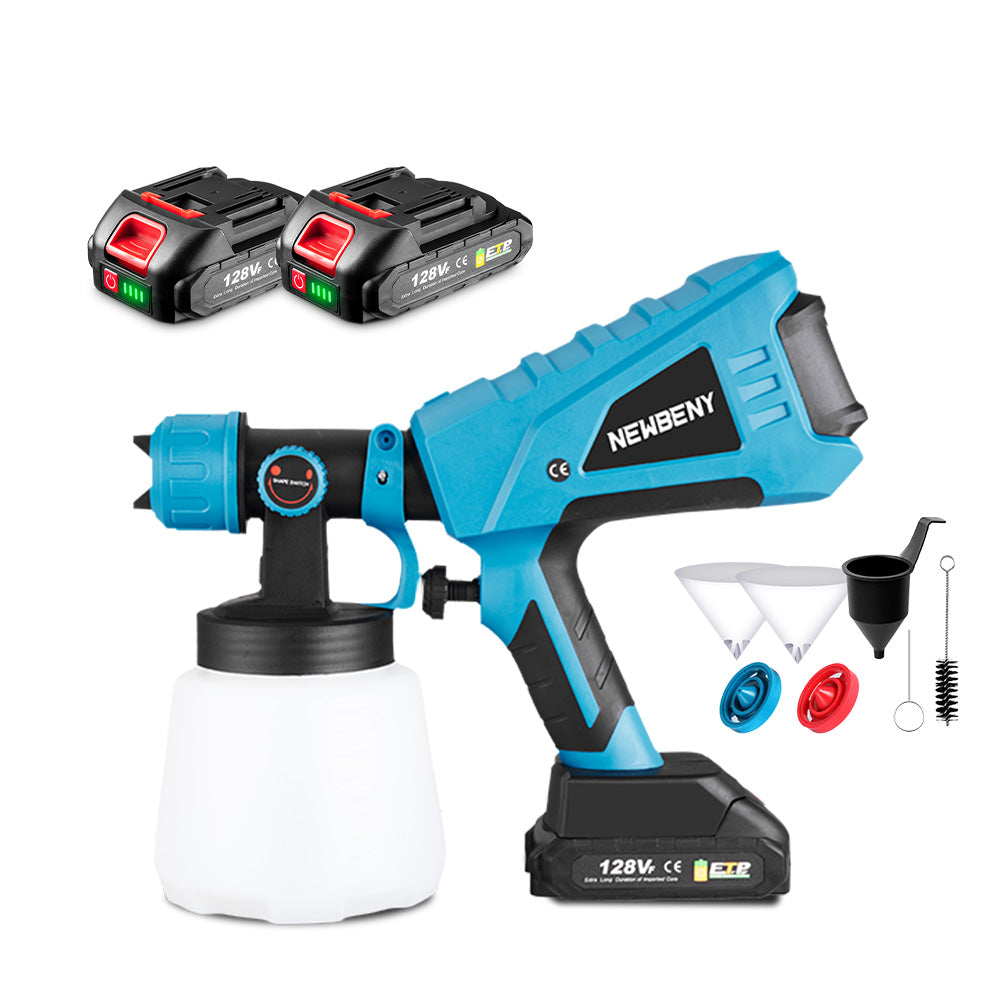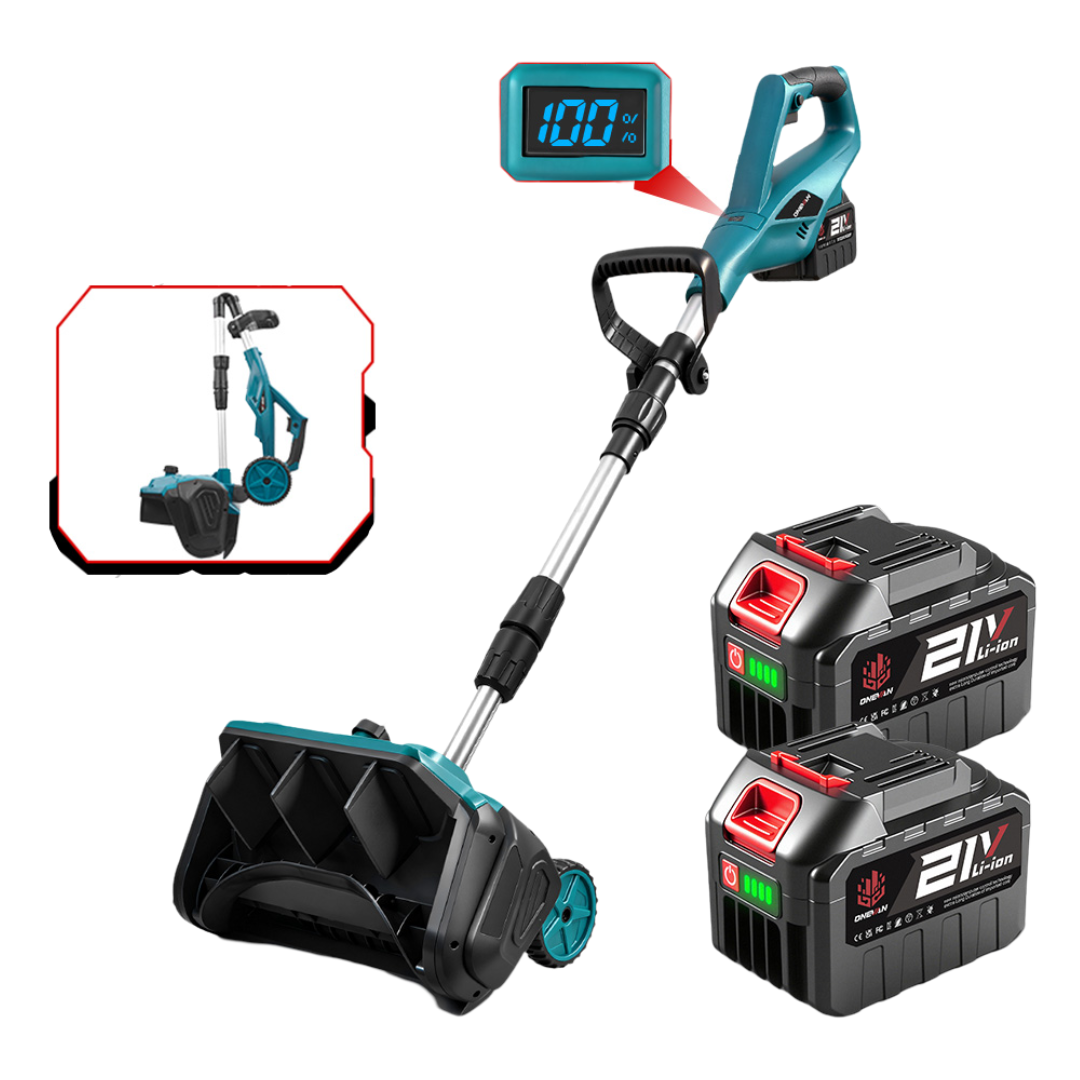Regular maintenance and cleaning are crucial for the proper operation of any chainsaw. For instance, a dirty chainsaw will not work properly or be safe to use. Tree workers and carpenters clean their chainsaws after every job because they know this habit prevents expensive repairs.
Gas-powered chainsaws, corded electric models, and cordless electric chainsaws all need different cleaning methods. Gas models have fuel systems and engines that need attention. Electric models require careful work around electrical parts. Therefore, it is essential to understand these differences to clean your chainsaw without causing damage.
Cleaning does more than keep your saw looking good. An engine with clean air filters runs more efficiently and uses fuel more effectively. Chainsaw chains that are clean, sharp, properly tensioned, and well-lubricated cut faster and safer. Clean fuel systems prevent carburetor problems and engine damage.
1. Cleaning a Gas-Powered Chainsaw
Parts to Be Cleaned in a Gas-Powered Chainsaw
1. Chainsaw Bar
The guide bar collects oil, sawdust, and debris in its groove. Buildup can make the chain bind or come off the bar. A clogged bar groove causes the chain to work harder and wear out more quickly. Keep the bar clean and appropriately oiled for smooth chain movement.
2. Chainsaw Chain
The cutting chain picks up pitch, sap, and wood debris that makes the cutters dull. Buildup reduces cutting speed and increases the risk of kickback. Learning how to clean sap off the chainsaw chain properly keeps your cuts sharp and safe.
3. Air Filter
The air filter prevents dirt and debris from entering the engine. A dirty filter blocks airflow, causing the engine to run poorly. The next thing is that the engine will lose power and overheat. In dusty conditions, you may need to clean the air filter every day.
4. Fuel Tank
If the fuel is old, contaminated, or has a low octane rating, the engine may not run well, and internal components can be damaged over time. Furthermore, problems such as starting issues and power loss can occur. This is likely due to water, dirt, or old gas in the system. Therefore, remove them to avoid this!
5. Spark Plug
The spark plug lights the fuel mixture. Carbon buildup on the spark plug can cause misfiring and hard starting, negatively impacting fuel efficiency and overall engine performance. Therefore, you should regularly check and keep the ignition working properly.
How to Clean a Gas-Powered Chainsaw
Step 1 Organize Necessary Tools and Materials
The easiest way to get the job done is to gather a few things. You'll need a flathead and Phillips screwdrivers. Get a stiff brush and some clean rags. Also, have fresh gasoline, bar and chain oil, and compressed air ready. Finally, don't forget your safety equipment.
Step 2 Take Apart the Chainsaw
Ensure the engine is completely cool before proceeding to prevent burns or accidental ignition of flammable materials. Remove the spark plug wire to prevent accidental starting. Loosen the bar nuts and remove the clutch cover, guide bar, and chain as a unit. This provides you with access to all the parts that require cleaning.
Step 3 Clean the Chainsaw Bar
Check the bar groove for packed sawdust and debris. Use a bar groove cleaner and a small screwdriver to remove all the buildup. Clean the oil holes with a thin wire or compressed air, as blocked holes prevent proper chain lubrication. Wipe the entire bar with a clean rag dampened with a suitable solvent or chain cleaner that is safe for use on metal surfaces. Pay attention to the nose sprocket area, where debris tends to collect.
Step 4 Clean the Chain
Clean the chain using a dedicated chain cleaner or a solution of warm, soapy water. For heavy pitch and sap buildup, consider using specialized chain cleaners designed for this purpose. Use a stiff brush to gently scrub between the drive links and around the cutters, taking care not to damage the chain or its components. For stubborn pitch and sap, knowing what and how to clean a chainsaw chain makes the job easier. You can use brake cleaner for tough deposits but use it carefully with good ventilation. Rinse the chain in clean gasoline and dry it thoroughly before reassembling it.
Step 5 Clean the Air Filter
Remove the air filter according to the manufacturer's instructions. Replace paper filters if they are clogged or dirty. You will see that foam and mesh filters can be cleaned. Wash foam filters in warm, soapy water, rinse well, and let them air dry completely. Apply a light coat of clean bar oil before reassembling them— Carefully clean mesh filters with compressed air at a low pressure to avoid damaging the filter material, or wash them with a suitable solvent if applicable.
Step 6 Clean the Fuel Tank
Drain old or bad fuel completely into an approved container. Remove the fuel filter if it is accessible. Check it for debris. Next, clean the tank inside with fresh gasoline. Swirl it around to remove sediment. Replace the fuel filter if it's clogged or dirty. This keeps your fuel system clean. It ensures clean fuel reaches the carburetor. So now you know how to clean a chainsaw carburetor.
Step 7 Check and Clean the Spark Plug
Remove the spark plug with the correct-sized socket wrench. It should be checked for carbon build-up in the oil and any damage. Clean the contact area with fine-grit sandpaper, taking special care not to remove any insulation from the base that may still be stuck around gaps. Replace the plug if it is clogged altogether or damaged beyond repair.
Common Mistakes in Cleaning a Gas-Powered Chainsaw
Many users skip cleaning even after light use; however, even minor cutting jobs can create debris that accumulates over time, necessitating regular cleaning.
Using water on engine parts can cause rust and electrical problems, so stick to approved cleaners. Forgetting to check parts during cleaning misses chances to catch problems early. Never clean a hot engine, as fuel vapors near hot surfaces create a fire danger.
Tips for Cleaning a Gas-Powered Chainsaw
If you're using solvents or gasoline, work in a well-ventilated area. Protect yourself with safety gear, including chemical-resistant gloves. Use a regular cleaning routine. This point is essential: daily cleaning for heavy use, and after every few uses for occasional use. Keep records of maintenance work to track when parts need replacement.
2. Cleaning a Corded Electric Chainsaw
Parts to Be Cleaned in a Corded Electric Chainsaw
1. Chainsaw Bar
Electric chainsaws collect the same bar groove debris as gas models but without the oil residue from two-stroke engines. The importance of cleaning remains the same because proper chain guidance depends on a clean bar groove and working oil holes.
2. Chainsaw Chain
Sawdust and debris can affect the performance of electric chainsaws just as much as gas models. The chain still requires regular cleaning to maintain sharp cutting edges. Electric chainsaws often run cooler than gas models, so pitch and sap may not become as sticky; however, regular cleaning remains essential.
3. Air Vents
Electric motors generate heat when they operate. They need air to cool down. Blocked vents make motors overheat. This causes early failure. These vents are on the motor housing. Therefore, they need regular care. This is especially true when cutting dusty or dirty wood.
4. Power Cord
If there are any cuts, nicks, or damage to the power cord, it could cause electrical problems. Debris and oil can accumulate on the power cord, making it slippery and increasing the risk of accidental disconnections or electrical hazards. NewBeny 12 Inch Brushless Cordless Chain Saw with Oiler gives you freedom from power outlets. So you can work easily in remote areas.
How to Clean a Corded Electric Chainsaw
Step 1: Get Your Tools Ready
First, gather your supplies. You will need screwdrivers for disassembly, brushes for cleaning, and clean rags. Also, have a mild soap solution ready. You should also want compressed air for clearing vents. However, avoid harsh solvents, as they could damage plastic and electrical parts.
Step 2: Disconnect the Chainsaw
This is extremely important! Before you start cleaning, unplug the chainsaw completely. Never clean an electric chainsaw while it's plugged in. This is true even if you're not using it. Store the cord out of the way of your work area. This prevents it from getting accidentally reconnected.
Step 3: Clean the Chainsaw Bar
Next, tackle the bar. Remove the bar and chain. Do this as your manual instructs. Clean the bar groove very well. Remove all sawdust and debris. Check the oil holes. Clear them with compressed air or a thin wire. Wipe the bar with a damp cloth and mild soap. Then, dry it completely before reassembling it.
Step 4: Clean the Chain
Now for the chain. Electric chainsaw chains can often be cleaned with gentler methods than gas chainsaw chains. Soak the chain in warm, soapy water. This will dissolve most debris and light-pitch deposits. For heavier sap buildup, understanding how to clean sap off a chainsaw properly may require stronger solvents. Consequently, always make sure they work with your chain coating or finish.
Step 5: Clear the Air Vents
Finally, clean the air vents. Use compressed air to blow debris from the motor cooling vents, ensuring the air is directed away from sensitive components to prevent pushing debris further into the motor.
When possible, work from inside the housing outward. This avoids pushing debris deeper into the motor. Use a small brush to carefully clean vent openings if you do not have compressed air. Crucially, never use water or liquid cleaners on or near electrical parts.
Step 6: Check the Power Cord
Look at the entire length of the power cord for damage. Moreover, do not ignore the areas near the plug and where the cord enters the saw. Clean the cord of any oil and debris with a damp cloth. Subsequently, coil the cord properly for storage to prevent kinking and damage.
Common Mistakes in Cleaning a Corded Electric Chainsaw
Trying to clean while the saw is plugged in is the most dangerous mistake. Using excessive water and the wrong solvents can damage electrical components. This creates safety issues. Failing to maintain the power cord can cause dangerous electrical failures when using it.
Tips for Cleaning a Corded Electric Chainsaw
Check the power cord before each use. Don't just check it during cleaning. Avoid harsh chemicals. These can damage plastic housings or electrical parts. Store the chainsaw in a dry, well-ventilated area. This helps reduce dust. It also prevents moisture problems.

3. Cleaning a Cordless Electric Chainsaw
Parts to Be Cleaned in a Cordless Electric Chainsaw
1. Chainsaw Bar
Cordless chainsaws need the same bar maintenance as other types. The importance of cleaning remains the same because debris-free grooves and clear oil holes ensure the chain works properly. The NewBeny 12-Inch Brushless Cordless Chain Saw with Oiler features an automatic oiling system. It will ensure continuous lubrication of the chain. Moreover, it reduces debris buildup in the bar groove.
2. Chainsaw Chain
Debris affects cordless chainsaws similarly to other types, but battery power may create different cutting patterns. The chain still needs regular cleaning to maintain performance and safety. High chain speeds of 20 m/s on the NewBeny16-inch Brushless Cordless Chainsaw with Digital Display provide users with fast, precise cuts.
3. Battery Compartment
The battery compartment must stay clean and dry to keep proper electrical contact and prevent rust. Dirt in this area can cause power loss, charging problems, or complete failure.
4. Air Vents
Cordless electric motors still generate heat and require adequate cooling airflow. Blocked vents can cause thermal shutdown or permanent damage to the motor.
How to Clean a Cordless Electric Chainsaw
Step 1: Get Your Tools Ready
First, grab your supplies. You will need screwdrivers, some brushes, and clean rags. Don't forget mild soap. For tiny spots, grab some cotton swabs. Indeed, these are like the tools you'd use for a corded electric chainsaw.
Step 2: Take Out the Battery
This is super important! Always remove the battery pack first. By doing so, you remain safe. Moreover, it also protects the battery and steps the cordless electric chainsaw from turning on by accident. In this situation, set the battery aside so that it won't get in the way.
Step 3: Clean the Chainsaw Bar
Next, tackle the bar. It's just like cleaning any other chainsaw bar. Take off the bar and chain. Then, clean out the groove thoroughly. Clear any oil holes. Clean it all down with a good cleaner. Ensure everything is completely dry before reassembling.
Step 4 Clean the Chain
Now, it is time to clean the chain. You can easily clean the cordless chainsaw chains. For example, Warm, soapy water is considered best for this purpose. Use stronger solvents only for tough sap and pitch buildup. Furthermore, you can use STIHL Superclean and Oregon Chain & Bar Cleaner to clean stubborn grime.
Step 5: Clean the Battery Compartment
Be extra careful here! Use a dry cloth or cotton swabs to remove any junk from the Lithium battery compartment. Check the electrical contacts. If you see rust and buildup, gently clean them with a pencil eraser. Never use water and liquid cleaners in this area. Otherwise, moisture can cause serious damage and safety issues.
Step 6: Clear the Air Vents
Finally, clean the air vents. Use compressed air or a small brush. You should examine the motor area closely. Sawdust usually builds up there and blocks airflow. Hence, keep these spots completely dry while cleaning.
Common Mistakes in Cleaning a Cordless Electric Chainsaw
Can cleaning without removing the battery pose a safety risk? That's not the half of it. It can also lead to electrical shorts, rust, and even permanent damage. Failure to maintain batteries cuts down total battery life and system performance.
How to Clean a Cordless Electric Chainsaw
It’s best to store batteries in a cool, dry place. Rusty battery contacts can usually be corrected right away. Be sure to recharge your lithium-ion batteries before they are completely discharged to maintain their capacity. Avoid leaving them on the charger for longer than necessary to prevent overheating.
4. Conclusion
The essential thing is to understand how to clean a chainsaw correctly, as it affects not only safety but also the equipment's longevity. Each type has its own best methods, yet the general principle remains the same: regular, thorough, and spotless work avoids hassles and sustains high performance. Chainsaw cleaning is not just a matter of appearance. Remember, it's about safety, performance, and safeguarding your investment. Proper cleaning techniques — whether you are dealing with sappy sawdust buildup in the drive train area, dirty fuel tanks, or clogged air filters — keep your saw operating reliably and safely for years.
5. FAQs
Can I use water to clean the chainsaw?
Water should generally be avoided for cleaning chainsaws, as it can cause rust and electrical problems. If you must use water, ensure that the chainsaw is completely dry afterward. If you oil the blades of your trimmer, do that before you shower. Nevertheless, ensure it's thoroughly dry to prevent rust.
How do I know when my chainsaw needs deep cleaning?
Look for heavy sawdust buildup. Check for sticky residue. If performance drops, it's time. Furthermore, listen for unusual noises during the operation.
Are there specific cleaning products I should use?
Yes. Use cleaning products like STIHL Varioclean, Husqvarna Saw Chain Cleaner, or Oregon Chain & Bar Lube, as they are specifically formulated to protect metal components from corrosion and enhance performance.
How can I prevent dirt accumulation in my chainsaw?
Clean it after each use. Store it in a dry place. Use a chainsaw case. Additionally, regularly inspect for any debris lodging in crevices.
How often do you clean the chainsaw air filter?
Clean the air filter after every 5 hours of use, more often in dusty conditions. Therefore, adjust your cleaning schedule based on your work environment.
How to clean the chainsaw chain before sharpening it?
Brush off loose debris. Use a wire brush. You can use WD-40 Specialist Cleaner & Degreaser. Moreover, a clean chain allows for a more precise sharpening.
How to clean old gas out of a chainsaw?
Drain the old fuel. Use a fuel stabilizer, such as STA-BIL Fuel Stabilizer. Refill with fresh fuel. Consequently, this prevents carburetor issues and ensures smooth operation.
How to clean sap off chainsaw chain?
Use a specialized cleaner. Goo Gone Original works well. Or try mineral spirits. Indeed, prompt removal prevents the chain from becoming gummed up.
How to clean pitch off chainsaw chain?
Similar to sap. Use Krud Kutter Cleaner & Degreaser. Or a citrus-based cleaner. Similarly, these products dissolve the sticky residue effectively.
How to clean poison ivy off a chainsaw?
Wear gloves. Use soap and water. Or rubbing alcohol. Crucially, avoid direct skin contact with the plant oils.
Can you use brake cleaner to clean a chainsaw?
No. Brake cleaners can damage plastic parts. It can also dry out seals. Hence, it's best to stick to products designed for chainsaw cleaning.










